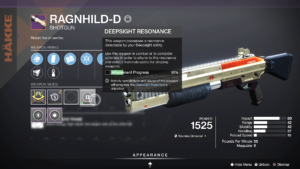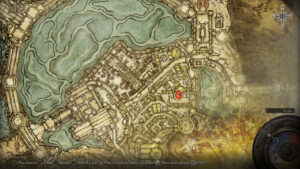As the launch of Intel’s Arc Alchemist series of draws closer, it seems like every day brings a new titbit of information. Today brings another nugget. During a recent interview, Intel graphics fellow Tom Petersen very briefly teased a desktop graphics card. For all of a second, a card was shown with three eight-pin PCIe power connectors.
The tease came via a YouTube interview with HotHardware, which you can see above. We don’t know whether this is a pre-production sample of just an engineering board, but it would be a bit unusual to show the latter in a press interview. If a real Arc card comes with 450W of PCIe connector power plus another 75W via the slot, then we could be looking at a hot and power-hungry card, even if it doesn’t use all of the available 525W.
A TDP near that level would mean it’s going to be comparable to an RTX 3090 Ti in power consumption. Unless Intel has pulled off a market shattering miracle, it’s unlikely that a card from the Alchemist generation will be able to reach that kind of performance level. We hope that this was just a tease and the real Arc cards won’t need that kind of power.
If – and it’s a very big if – Intel is able to offer 3080 or 6800 XT class performance at around 450W then even though its performance per watt would be behind that of Nvidia and AMD, it could still appeal to gamers. But only if they are available at compelling prices. Of course, we’re only talking about high end cards here. The entry level and mid-range products are where the real volume is and these markets will be very interesting battlegrounds.

Best CPU for gaming: The top chips from Intel and AMD
Best gaming motherboard: The right boards
Best graphics card: Your perfect pixel-pusher awaits
Best SSD for gaming: Get into the game ahead of the rest
It won’t be long until we have all the answers. Rumours point towards a May or June launch for desktop Arc cards. For all the drips of information, it’s the performance that we’re all waiting for. No-one really expects Intel to slay the competition on its first try but if Arc cards can deliver competitive performance at various price points, have a mature driver and deliver good performance per watt, then it’s likely Intel will have met its goals.
Intel’s marketing is ramping up as we get closer to the launch of the cards. It’s a bit different to what we see from AMD and Nvidia in particular, when we barely get an official acknowledgement that a new generation of cards is coming. It would appear as though Intel is either confident in the performance of its cards, or it wants to generate awareness as a new market entrant, or both.
It’s the successor generations that may prove to be competitive. Intel is hard at work on its Battlemage, Celestial and Druid generations. It’s with these cards that Intel hopes to compete at the top-end with AMD and Nvidia. Any bets on what an ‘E’ generation card will be called? Enchanter? Eldar? Check back in a few years.
- "
- About
- All
- AMD
- Another
- appeal
- around
- available
- Bit
- board
- Cards
- Chips
- closer
- coming
- compelling
- competition
- Competitive
- consumption
- could
- CPU
- credit
- day
- different
- driver
- During
- Engineering
- expects
- First
- future
- game
- Gamers
- Gaming
- generate
- Goals
- good
- graphics
- here
- High
- HTTPS
- image
- information
- Intel
- Interview
- IT
- launch
- Level
- Long
- Market
- Marketing
- Markets
- May
- Near
- New Market
- nvidia
- offer
- official
- perfect
- performance
- Plus
- Point
- power
- press
- price
- prices
- Products
- reach
- Series
- slot
- talking
- The
- Today
- top
- towards
- unusual
- volume
- What
- Work
- XT
- years
- youtube











